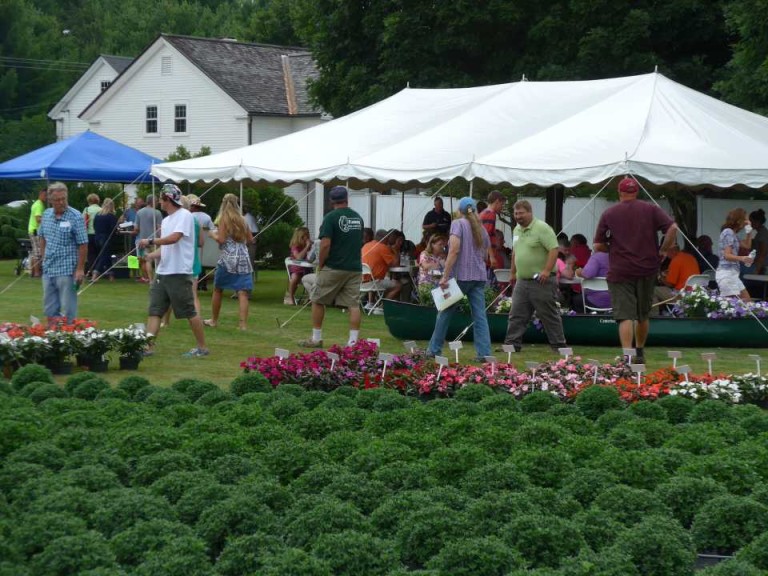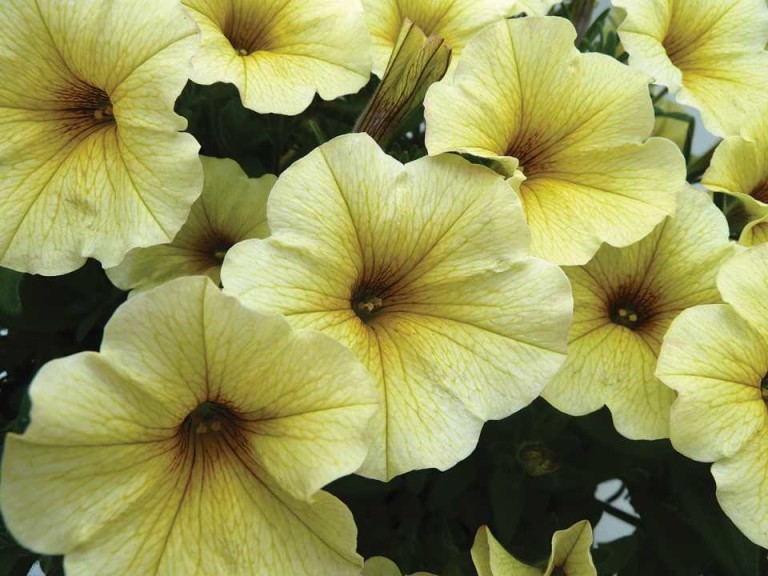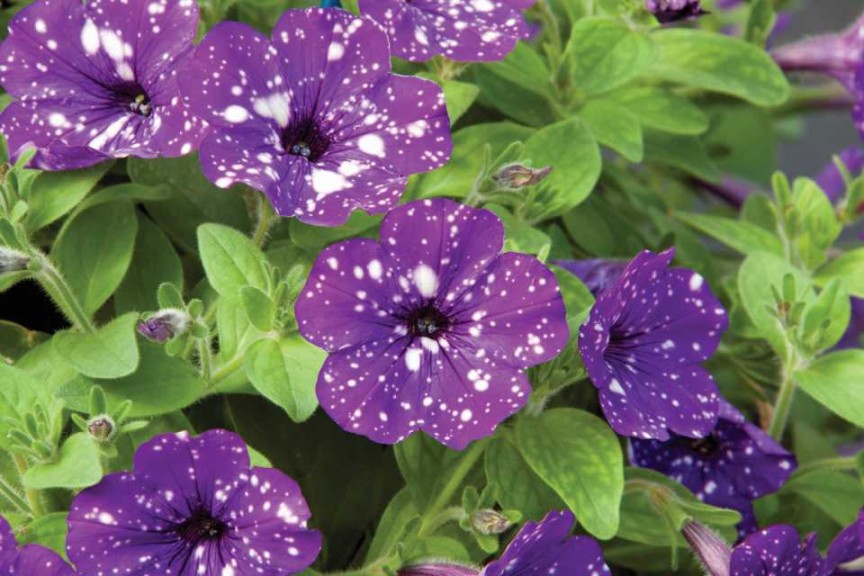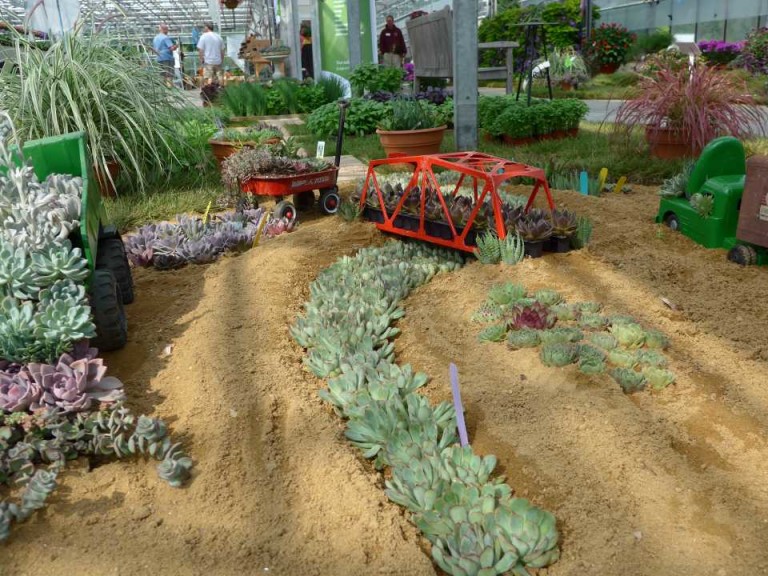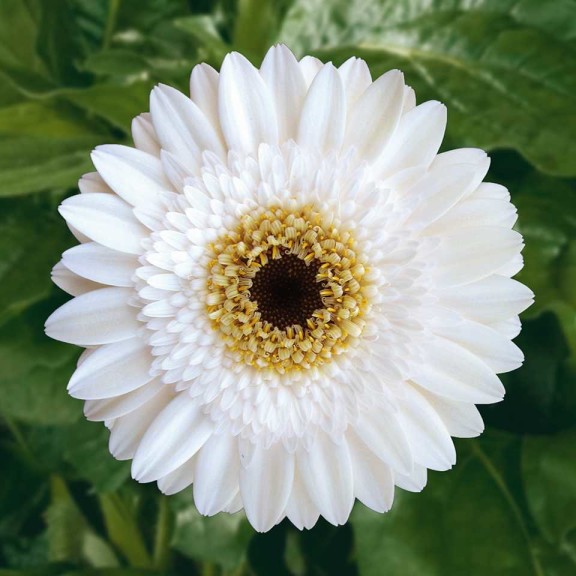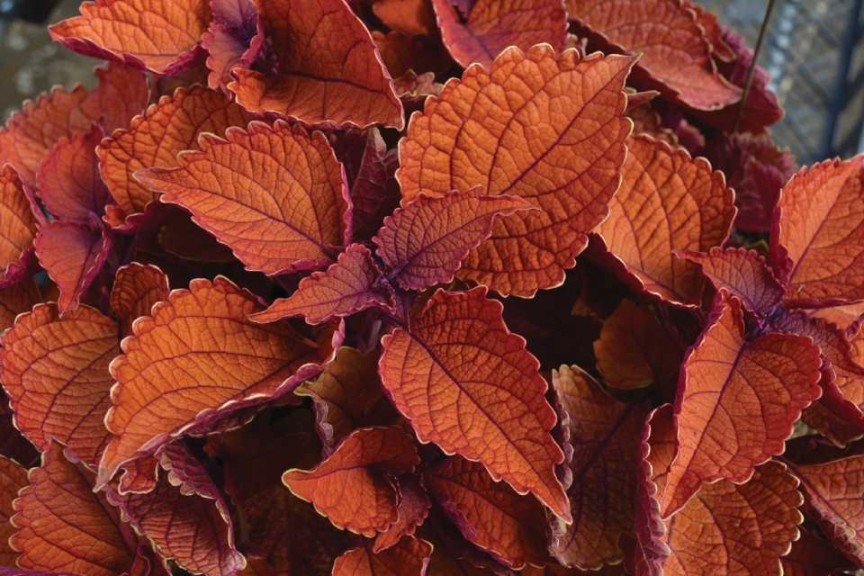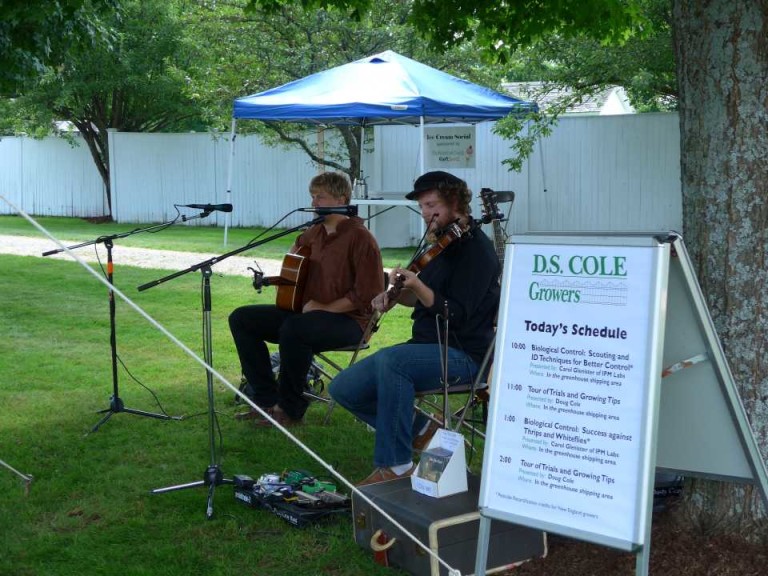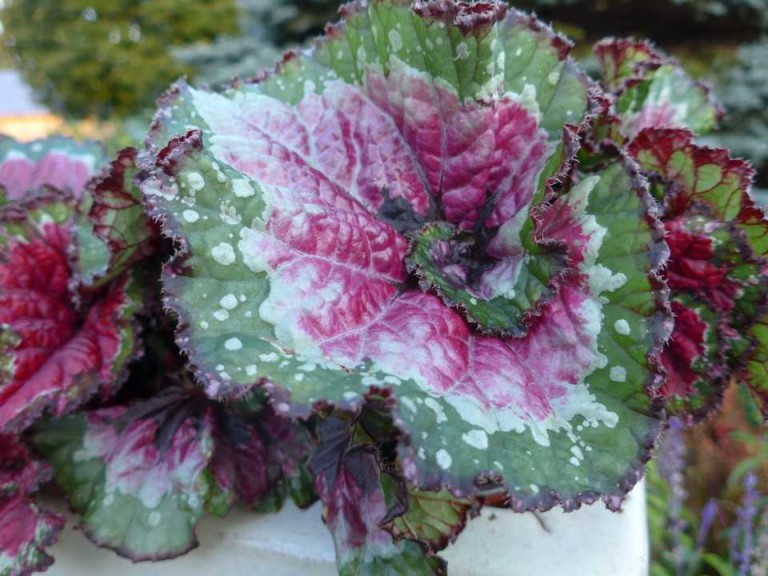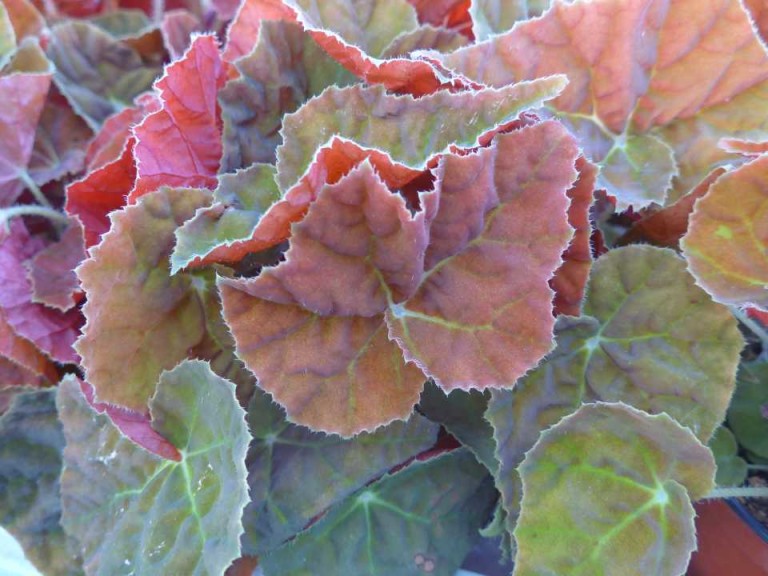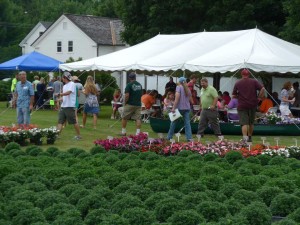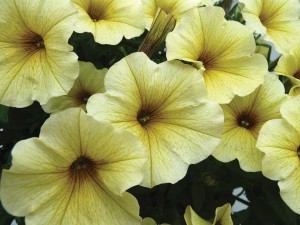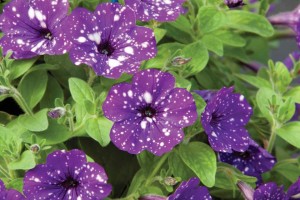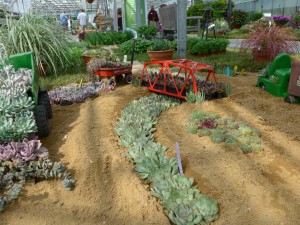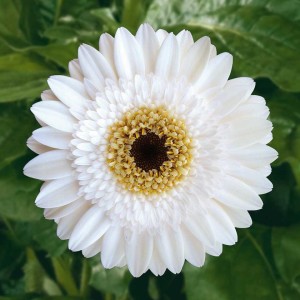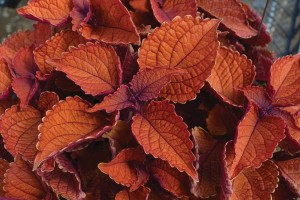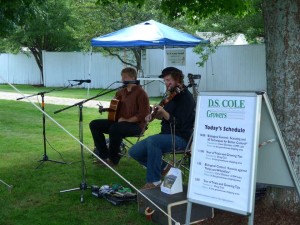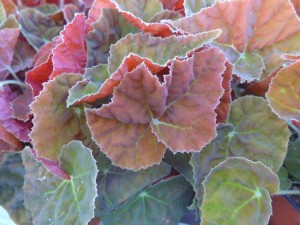D.S. Cole Growers (Loudon, N.H.) 2015 Field Trials Results
Each year during spring production, D.S. Cole Growers compares around 550 varieties in 4-inch pots to varieties that are already on the market. If the company feels a new variety could be an improvement over an existing variety, it continues to trial it in larger pots over the summer. New Hampshire is known for cold winters. It can also have stretches of high humidity and high temperatures during the summer. This past summer was no exception. During D.S. Cole’s open house, the temperatures were in the 90s.
Best In Show
■ Begonia ‘Paso Doble’
■ Petunia ‘SuperCal Light Yellow’
■ Canna ‘Cannova Lemon’
Top Performers
■ Alstroemeria Inca Series
■ Begonia ‘Autumn Ember’
■ Begonia ‘Paso Doble’
■ Coleus ‘Main Street Wall Street’
■ Canna ‘Cannova Lemon’
■ Gerbera ‘Acadia’
■ Impatiens ‘Bounce Pink Flame’
■ Impatiens ‘SunPatiens White’
■ Petunia ‘SuperCal Light Yellow’
■ Petunia ‘Night Sky’
[blackoutgallery id=”123143″]
Trial Manager Notes
Alstroemeria Inca Series. The series performed better than expected through the heat of the summer. The best performer in the garden was ‘Inca Yuko,’ which continued to flower until frost. This variety is slightly more vigorous than others with a finished garden height of about 24 inches.
Begonia ‘Autumn Ember.’ This new introduction from Cultivaris caught consumers’ eyes over and over with the orange/bronze leaves rarely seen in a Rex Begonia. The leaves are smaller and the growth slightly slower than the typical Rex varieties. They need to be protected from direct sunlight.
Begonia ‘Paso Doble.’ This new variety has a similar pattern to an older variety, ‘Merry Christmas,’ with a much better growth habit. This was a big hit due to the great contrast in colors and consistent medium-size leaves. They can be grown in both big and small pot sizes.
Coleus ‘Main Street Wall Street.’ The rich orange color of Main Street was consistent throughout the summer. The growth was similar to most varieties in the series and slightly more vigorous. It pairs well with ‘Oxford Street,’ ‘Broad Street’ and ‘Fifth Avenue.’
Canna ‘Cannova Lemon.’ The flowers of this variety are a soft yellow. The main attraction is the bronze foliage on a seed-grown variety. Since the variety is seed grown, two features make this a worthy new variety. The crop is clean of virus, and it is easier to time the flowering of the crop versus a crop produced from rhizomes.
Gerbera ‘Patio Acadia.’ In the past, the white gerbera in this special series had a tendency to fade to a pink color. This new variety is pure white from beginning to end. The Patio series is meant to be grown outside throughout the summer. The flower stems are long and can be used for cuts by homeowners. The series is produced from tissue culture.
Impatiens ‘Bounce Pink Flame.’ The Bounce impatiens performed well in both sun and shade, but it is the shade and partial shade setting where they were show stoppers. They had a mounded habit that is not too tall. Flowers covered the plants until frost.
Impatiens ‘Sunpatiens White.’ Each year the Sunpatiens have improved. Of all the varieties grown, ‘Sunpatiens White’ has the ideal habit that growers want with strong, perfectly mounded growth, and clean, white flowers that are always in bloom.
Petchoa ‘Supercal Light Yellow.’ Many customers thought these were a new petunia. The growth was more controlled than the older Supercal varieties. They had a nice mounded habit with clean color that did not fade. As with other Supercals, they are not as fussy as a typical petunia or calibrachoa when it comes to nutrition. The foliage is easy to keep rich green as long as the substrate has a reasonably good pH and EC.
Petunia ‘Night Sky.’ This is probably the most talked about new variety in the trials. There have been discussions about the stability of the flower color pattern, but in our New England location we found the pattern to be consistent throughout the summer. We had trials in both full sun and partial shade to see if sunlight made a difference. The results were the same in both locations.





